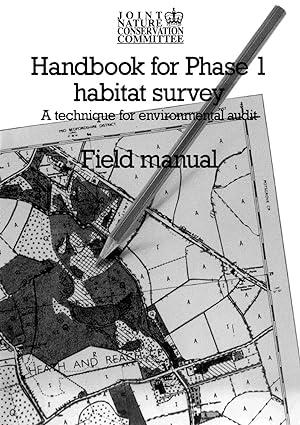Answered step by step
Verified Expert Solution
Question
1 Approved Answer
Match the terms in Column A with the descriptions provided in Column B. Item #1 has been answered as an example. 1. d Term bonds
Match the terms in Column A with the descriptions provided in Column B. Item #1 has been answered as an example.
| 1. | d | Term bonds | a) | bonds issued with staggered maturity dates | |
| 2. | Junk bonds | b | bond issued at a discount with no interest paid by the bond issuer to avoid annual cash outflow for interest, but issuer pays face to investor at maturity. | ||
| 3. | Zero coupon bonds | c) | bonds that pay interest only if target profits are realized by the issuer, making interest rate relatively high due to higher risk. | ||
| 4. | Serial bonds | d) | bonds that all mature at the same time | ||
| 5. | Debenture bonds | e) | interest-bearing long-term debt supported by a contract called a bond indenture specifying maturity dates, interest rates, etc. (generally unsecured debt with general creditor status) | ||
| 6. | Subordinated debenture bonds | f) | unsecured, high risk, high interest rate bonds often used to finance acquisitions or buyouts. | ||
| 7. | Callable bonds | g) | debt that is unsecured and ranks behind general creditors | ||
| 8. | Redeemable bonds | h) | bonds that the investor may choose to convert to stock | ||
| 9. | Convertible bonds | i) | bonds with a provision allowing the issuer to buy them back at a specified price | ||
| 10. | Mortgage bonds | j) | bonds that provide extra creditor protection by placing a lien on certain assets of the issuing company | ||
| 11. | Income bonds | k) | bonds that are redeemable at a specified price at the bondholders option |
Step by Step Solution
There are 3 Steps involved in it
Step: 1

Get Instant Access to Expert-Tailored Solutions
See step-by-step solutions with expert insights and AI powered tools for academic success
Step: 2

Step: 3

Ace Your Homework with AI
Get the answers you need in no time with our AI-driven, step-by-step assistance
Get Started


